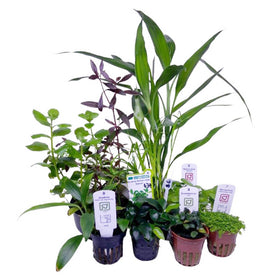FOR ORDER ABOVE SGD100
Live Fish : Bottom Feeder and Algae Eater
Explore the world of freshwater bottom feeders at East Ocean Aquatic. As a trusted source for premium aquatic livestock, we are proud of our curated selection of bottom feeding fish. These creatures offer more than just a glimpse into the diverse world below the waterline. As they move and sift through the substrate, they execute the vital role of clearing uneaten food, thus playing a pivotal part in ensuring a pristine and healthy aquatic environment.
Unravelling the Mysteries of Freshwater Bottom Feeders
Beyond the vibrant swimmers that grace the top and middle layers of an aquarium lies a captivating world of bottom dwellers. These freshwater bottom feeders, ranging from various catfish species to diligent algae eaters, play important roles that extend beyond mere tank maintenance. They enrich the ecosystem with their unique behaviours and ecological roles, adding depth and balance.
How Long Do Bottom Feeders Live?
The lifespans of freshwater bottom feeders showcase the incredible diversity within this group. Some catfish species, such as Corydoras, may live up to three to five years if cared for properly. In contrast, larger species like the Redtail Catfish, under optimal conditions, can surpass a decade. It's essential to understand the potential lifespan of your chosen species to provide them with care that ensures a long, fulfilling life.
How Big Do They Grow Up To?
Freshwater bottom feeders come in a vast array of sizes. While species like the Otocinclus remain on the smaller end of the spectrum, others like the Tigrinus Catfish can grow impressively large. Knowing their potential size and growth patterns is crucial when planning an aquarium, ensuring space and resources for all inhabitants.
Common Types of Freshwater Bottom Feeding Fish
The bottom of a tank is home to various fascinating species, each contributing uniquely to the aquatic environment. Corydoras are known for their synchronised swimming and diligent substrate-cleaning behaviours. Some species of Loaches, such as the Kuhli Loach with their playful, snake-like movements, add dynamism to the tank. On the other hand, algae eaters like the Siamese variant focus on keeping the tank free from algae.
What are Some Bottom Feeder Fish to Avoid for Your Aquarium
Selecting the right freshwater bottom feeders largely depends on the inhabitants and size of your tank. For those with smaller aquarium setups, Corydoras and Otocinclus offer a perfect blend of function and harmony. Their peaceable temperament makes them exemplary companions for the smaller fish species like Tetras, Rasboras, Danios, and most livebearing Poeciliids. Larger tanks might accommodate more sizable bottom feeders, but these can bring along challenges in compatibility and maintenance, a typical trait of monster fish community tanks. While species like the Tigrinus or Redtail catfishes have their allure, it's crucial to ensure they fit within the ecosystem without overpowering it. By aligning your tank's size and residents with the nature of your bottom feeders, you pave the way for a flourishing, balanced aquarium.
How Do You Take Care of Bottom Feeding Fish?
Caring for freshwater bottom feeders is a multifaceted endeavour that combines understanding their dietary, environmental, and behavioural needs. These requirements often mirror their natural habitats and roles in the aquatic ecosystem. Below we touch on the specifics of caring for these remarkable fish:
Water Parameters
- Temperature: Most freshwater bottom feeders, like loaches and catfish, are most comfortable in temperatures ranging from 24°C to 27°C.
- pH Level: A slightly acidic to neutral pH, typically between 6.0 and 7.0, is suitable for these species.
- Hardness: Soft water conditions are optimal, and a general hardness (GH) of 5 to 10 dGH is best for these fish.
- Nitrate and Ammonia: The ideal nitrate level is between 5 to 10 ppm. While some tanks may run at higher nitrate levels, maintaining them within this ideal range is crucial, especially since levels of 20 to 50 ppm are too high. Ammonia and nitrite levels should always be at 0 ppm.
- Oxygen Levels: Due to their nature and some originating from flowing water habitats, these bottom dwellers can benefit from higher oxygen levels. Enhancing oxygen can be achieved with the use of air stones or ensuring adequate water circulation.
Some freshwater bottom feeding fish are particularly sensitive to fluctuations in water parameters. As such, the use of test kits to regularly monitor and maintain optimal levels of pH, hardness, ammonia, nitrite, and nitrate is vital for their well-being and overall tank health.
Tank Aquascaping
The tank's landscape profoundly impacts the wellbeing and activities of these freshwater bottom feeders:
- Substrate: Soft substrate, particularly sand, are typically favoured as they facilitate natural behaviours like burrowing and rummaging without risking the fish's safety.
- Refuges: Structures like rocks, driftwood, and caves, coupled with dense plantations, grant the necessary shelter. Such spots are integral, especially during their rest periods.
- Open Terrains: Alongside shelters, it's paramount to have ample open space at the bottom, granting them an expanse to forage and navigate.
- Flora: Live flora not only amplifies the tank's visual appeal but occasionally serves as an additional food source, especially for those species partial to algae.
By heeding these considerations and regularly monitoring tank conditions, you can ensure a harmonious environment that allows your bottom feeders to flourish.
Type of Food
Even though freshwater bottom feeders play a crucial role in cleaning the aquarium substrate, it's a misconception to believe they thrive only on detritus and leftover scraps. Catering to their specific dietary requirements ensures their well-being and longevity:
- Catfish: Depending on the species, catfish diets can range. For instance, Corydoras relish high-quality sinking pellets, supplemented with live or frozen foods like bloodworms and brine shrimp.
- Loaches: These unique bottom dwellers have omnivorous tendencies. They benefit from a mix of dry flake foods, sinking wafers, and pellets. Additionally, they enjoy frozen delicacies like bloodworms, daphnia, clams, and brine shrimp. Incorporating vegetable matter and various algae into their diet can be beneficial as well.
- Otocinclus and Siamese Algae Eaters: Renowned as algae grazers, the Otocinclus catfish and Siamese Algae Eaters thrive on a diet rich in algae. However, in an aquarium setting where algae might be limited, their diet can be supplemented with algae wafers and blanched vegetables like zucchini and spinach.
Regardless of the species, it's pivotal to provide a balanced diet, supplementing their primary food sources with occasional treats, ensuring they receive all necessary nutrients. Most bottom feeders should be fed once daily, but always pay attention to consumption rates and adjust accordingly. Moreover, observing their feeding behaviours and adjusting food types and quantities can lead to a thriving aquarium community.
Other Types of Freshwater Fish Compatible with Bottom Feeders
As mentioned earlier, selecting compatible tankmates for your freshwater bottom feeders is crucial to maintain harmony in the aquarium. Certain bottom feeders like Corydoras, Otocinclus, and Siamese Algae Eaters are recognised for their non-aggressive and peaceful demeanour, which makes them exemplary for community tanks. Here's a detailed breakdown of suitable companions for these fish species:
- Tetras: Species such as Neon Tetras, Cardinal Tetras, and Ember Tetras are peaceful by nature. Their small size and preference for mid-water swimming levels ensure they don't intrude on the substrate domain of bottom feeders.
- Rasboras: Harlequin Rasboras and Blue Axelrodi Rasboras are non-aggressive, schooling fish. They are renowned for their adaptability and compatibility with a broad spectrum of tankmates, including Corydoras and Otocinclus.
- Danios: Zebra Danios and Pearl Danios, with their swift swimming patterns and higher water column preference, rarely interfere with bottom dwellers. They also serve as active dither fish, drawing out more reclusive species.
- Livebearers (Poeciliids): Guppies, Mollies, and Platies are hardy, top to mid-water swimmers. Their passive nature and distinct swimming zones make them compatible with bottom feeders.
When considering tankmates, it's important to remember that every individual fish can have its unique temperament. While the above freshwater species typically coexist harmoniously with most bottom feeders, always monitor new introductions closely for any signs of aggression or territorial disputes. Ensuring a balanced, stress-free environment is key to the overall health and wellbeing of your aquarium's inhabitants.
Discover a Wide Variety of Bottom Feeders at East Ocean Aquatic
If you are passionate about freshwater fish, look no further than East Ocean Aquatic on Havelock Road, Singapore. We stock up a wide variety of bottom feeders that can be a perfect addition to your aquarium. Our experienced team is always on hand to advise and assist, ensuring you make the right choice for your tank's ecosystem.
We're not just a store; we're a community. Whether you're just starting out with a small setup or have been in the hobby for years, our goal is to help every aquarium enthusiast find the perfect fish to meet their needs. Contact us to find out more or drop by and see what makes us the go-to destination for all things aquatic.
Read More
-

 Sale
Live Fish
Sale
Live FishZebra Otocinclus
$17.00| /- Unless otherwise stated, image is representative of species and not of actual product - Guaranteed Optimum Conditioner : we adopt fast pr...
View full details -

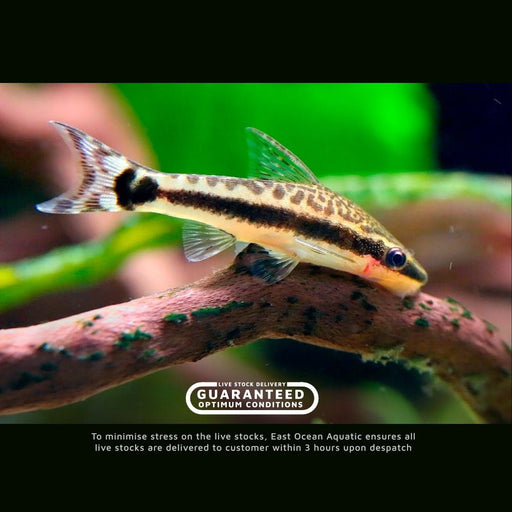 Sale
Live Fish
Sale
Live FishOtocinclus Catfish
$2.50| /- Unless otherwise stated, image is representative of species and not of actual product - Guaranteed Optimum Conditioner : we adopt fast pr...
View full details -

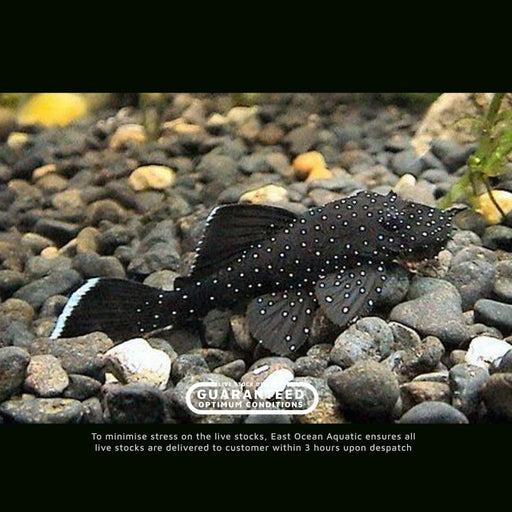 Sale
Live Fish
Sale
Live FishStarlight Pleco
$12.00| /- Unless otherwise stated, image is representative of species and not of actual product - Guaranteed Optimum Conditioner : we adopt fast pr...
View full details -

 Sale
Live Fish
Sale
Live FishPygmy Corydoras
$2.50| /- Unless otherwise stated, image is representative of species and not of actual product - Guaranteed Optimum Conditioner : we adopt fa...
View full details -

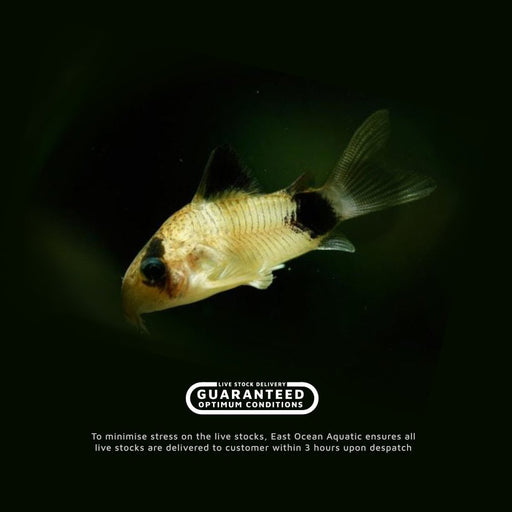 Sale
Live Fish
Sale
Live FishPanda Corydoras
$1.50| /- Unless otherwise stated, image is representative of species and not of actual product - Guaranteed Optimum Conditioner : we adopt fa...
View full details -

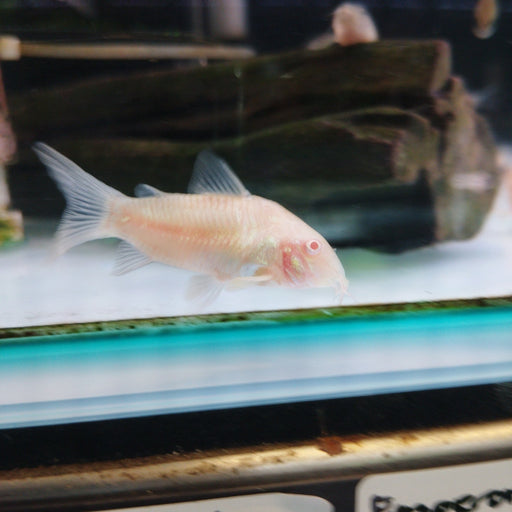 Sale
Live Fish
Sale
Live FishAlbino Corydoras
$1.70| /- Unless otherwise stated, image is representative of species and not of actual product - Guaranteed Optimum Conditioner : we adopt fast ...
View full details -

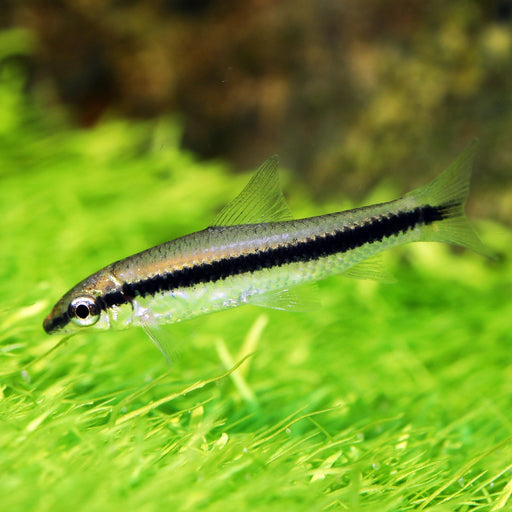 Sale
Live Fish
Sale
Live Fishsiamese algae eater
$1.50| /- Unless otherwise stated, image is representative of species and not of actual product - Guaranteed Optimum Conditioner : we adopt fast ...
View full details -
 Sale
Live Fish
Sale
Live FishPleco Blue Eye Lemon Bristlenose L144
$7.00| /- Unless otherwise stated, image is representative of species and not of actual product - Guaranteed Optimum Conditioner : we adopt fast pr...
View full details -
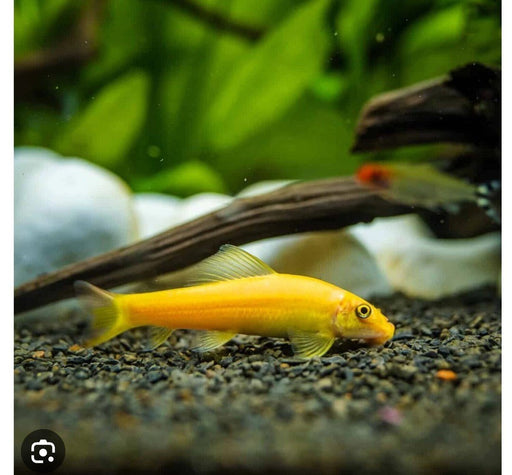 Sale
Live Fish
Sale
Live FishGolden Algae Eater
$1.50| /- Unless otherwise stated, image is representative of species and not of actual product - Guaranteed Optimum Conditioner : we adopt fast ...
View full details -
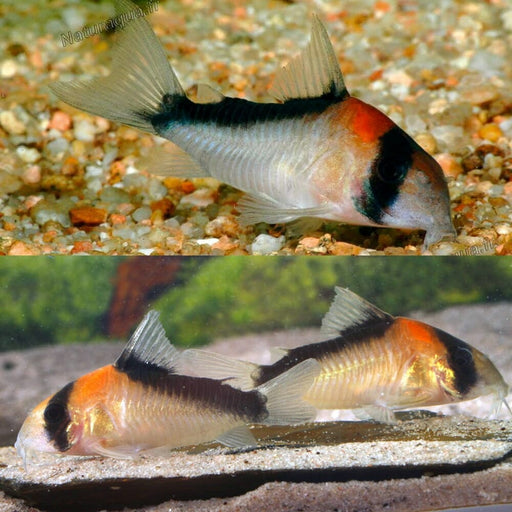 Sale
Live Fish
Sale
Live FishAdolfo's Cory
$9.00| /- Unless otherwise stated, image is representative of species and not of actual product - Guaranteed Optimum Conditioner : we adopt fast ...
View full details -
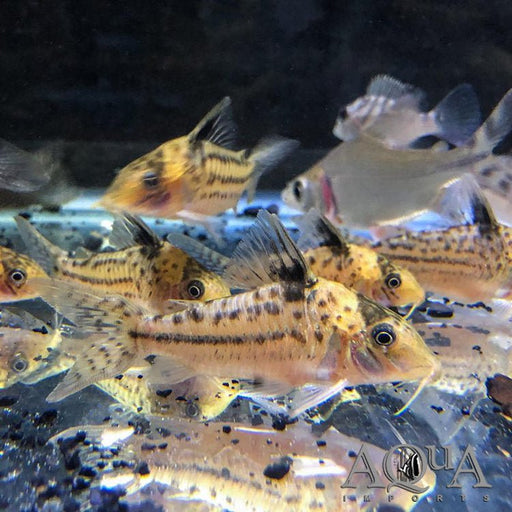 Sale
Live Fish
Sale
Live FishIncolicana Corydoras
$32.00| /- Unless otherwise stated, image is representative of species and not of actual product - Guaranteed Optimum Conditioner : we adopt fast ...
View full details -
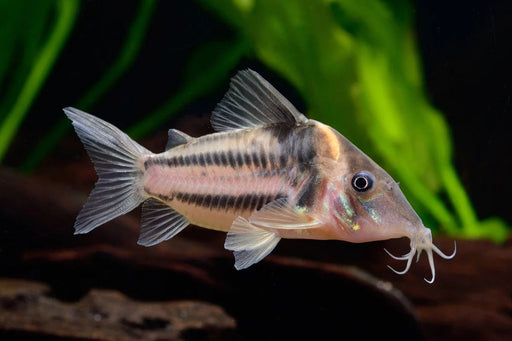 Sale
Live Fish
Sale
Live FishBifasciatus corydoras
$56.00| /- Unless otherwise stated, image is representative of species and not of actual product - Guaranteed Optimum Conditioner : we adopt fast ...
View full details -

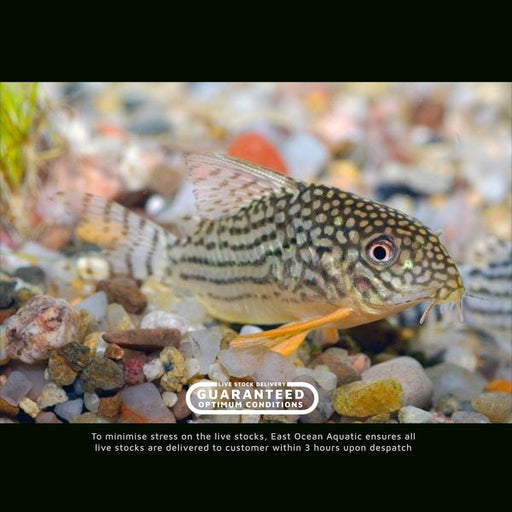 Sale
Live Fish
Sale
Live FishSterbai Corydoras
$2.50| /- Unless otherwise stated, image is representative of species and not of actual product - Guaranteed Optimum Conditioner : we adopt fast ...
View full details -
 Sale
Live Fish
Sale
Live FishClown Loach (small size)
$3.00| /- Unless otherwise stated, image is representative of species and not of actual product - Guaranteed Optimum Conditioner : we adopt fast ...
View full details -
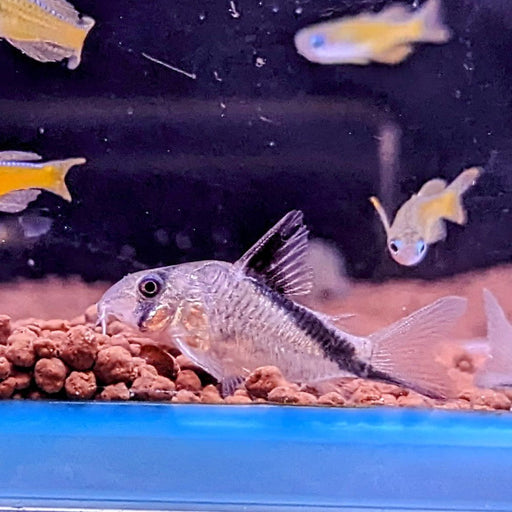 Sale
Live Fish
Sale
Live FishMelini Corydoras
$8.00| /- Unless otherwise stated, image is representative of species and not of actual product - Guaranteed Optimum Conditioner : we adopt fast ...
View full details -

 Sale
Live Fish
Sale
Live FishLoxozonus Cory
$8.00| /- Unless otherwise stated, image is representative of species and not of actual product - Guaranteed Optimum Conditioner : we adopt fast ...
View full details -
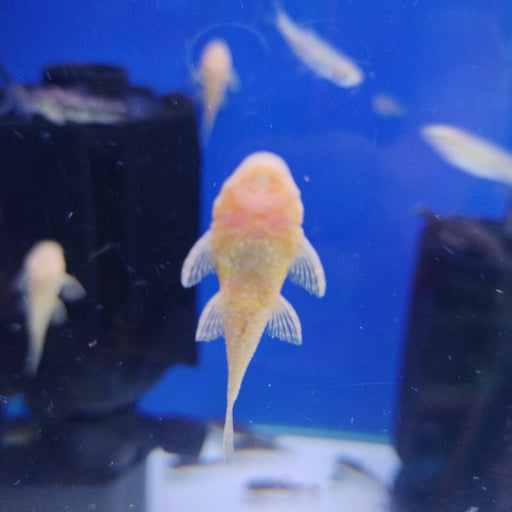
 Sale
Live Fish
Sale
Live FishAlbino Bristlenose Pleco
$4.00| /- Unless otherwise stated, image is representative of species and not of actual product - Guaranteed Optimum Conditioner : we adopt fast pr...
View full details -

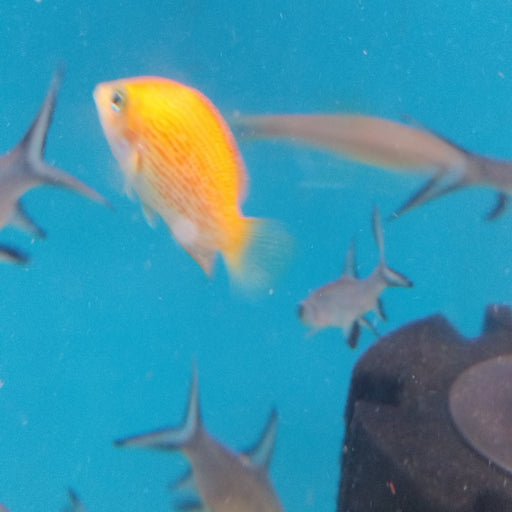 Sale
Live Fish
Sale
Live FishOrange Chromide ( M )
$1.50| /- Unless otherwise stated, image is representative of species and not of actual product - Guaranteed Optimum Conditioner : we adopt fast ...
View full details -
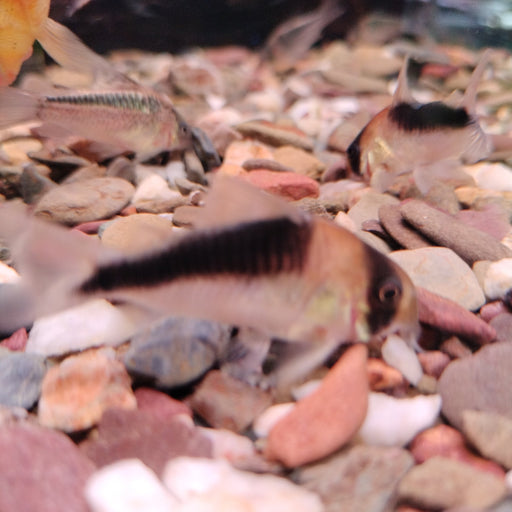
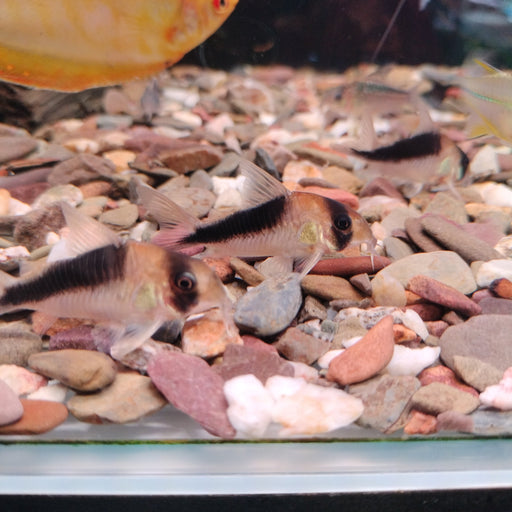 Sale
Live Fish
Sale
Live FishCorydoras sp . CW 106
$30.00| /- Unless otherwise stated, image is representative of species and not of actual product - Guaranteed Optimum Conditioner : we adopt fast ...
View full details -
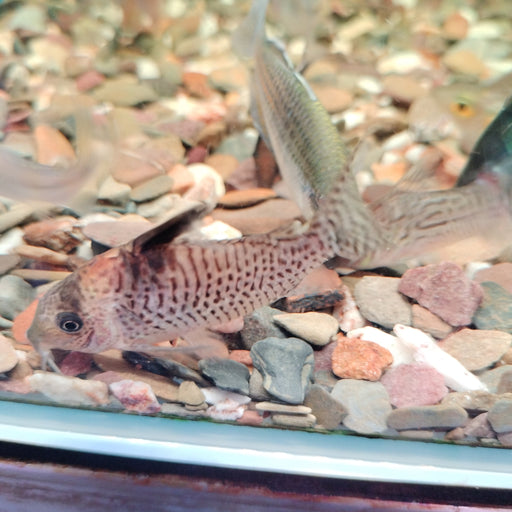 Sale
Live Fish
Sale
Live FishWotroi Corydoras ( L )
$18.00| /- Unless otherwise stated, image is representative of species and not of actual product - Guaranteed Optimum Conditioner : we adopt fast ...
View full details -
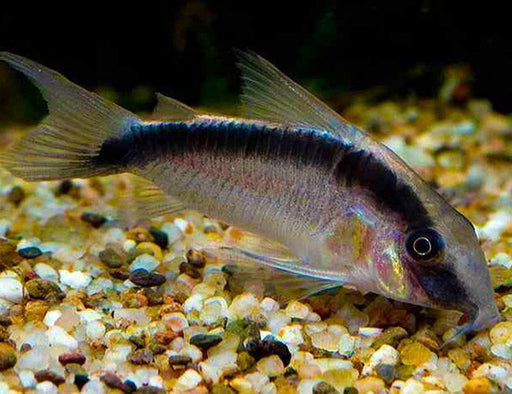 Sale
Live Fish
Sale
Live FishSkunk Cory
$8.00| /- Unless otherwise stated, image is representative of species and not of actual product - Guaranteed Optimum Conditioner : we adopt fast ...
View full details -
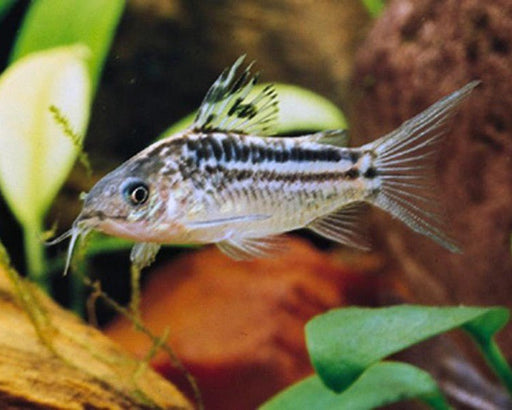 Sale
Live Fish
Sale
Live FishElegans Corydoras
$8.00| /- Unless otherwise stated, image is representative of species and not of actual product - Guaranteed Optimum Conditioner : we adopt fast ...
View full details -
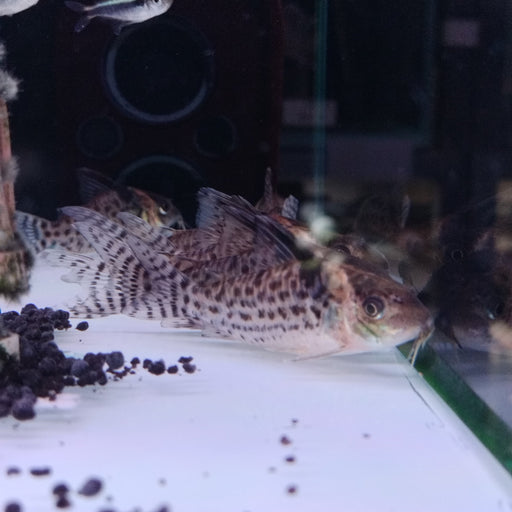
 Sale
Live Fish
Sale
Live FishPunctatus Cory
$8.00| /- Unless otherwise stated, image is representative of species and not of actual product - Guaranteed Optimum Conditioner : we adopt fast ...
View full details -

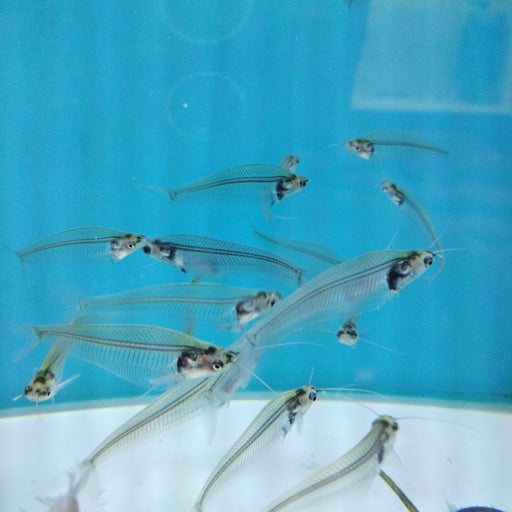 Sale
Live Fish
Sale
Live FishGlass Catfish
$2.00| /- Unless otherwise stated, image is representative of species and not of actual product - Guaranteed Optimum Conditioner : we adopt fast pr...
View full details

